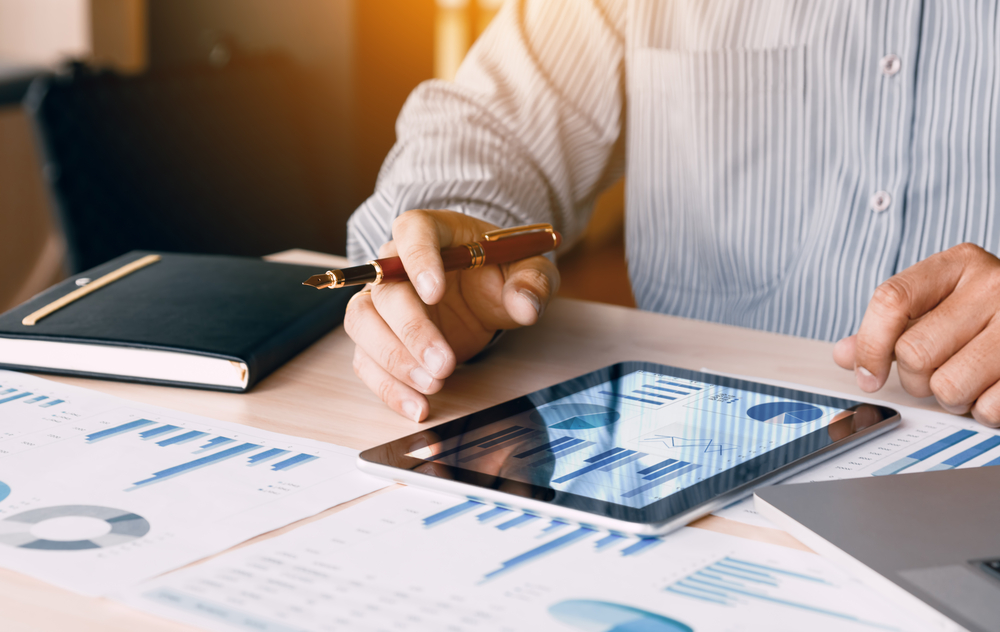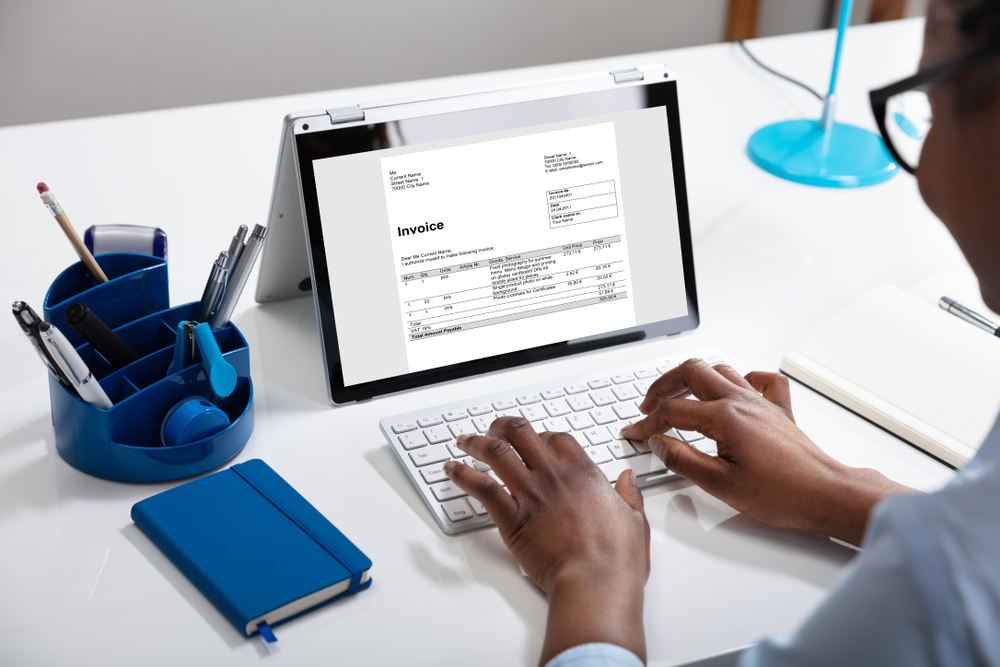Making Tax Digital
You may have seen the adverts for Making Tax Digital on the TV and online recently. It represents quite a significant change in the way that businesses do their accounts and their obligations.
In short, you will need to use Making Tax Digital compliant software to present your accounts to HMRC in the future.
Making Tax Digital is being rolled out in two separate stages:
From April 2019, Making Tax Digital for VAT is being introduced. If your business currently has a turnover of more than £85,000 you will need to maintain digital records from now on and submit them to HMRC via compatible software. Some more complex businesses have until October 2019 to comply.
From April 2020/2021, Making Tax Digital is set to be rolled out for income tax submissions, though this date is not yet set in stone. HMRC recently issued further advice that this was being slowed down because of several factors including the impact of Brexit.
Currently, if your business has a turnover below the VAT threshold, it won’t be affected by Making Tax Digital. It does pay, however, to make sure you are prepared for when it does come in for income tax submissions. If you have been doing your returns the old fashioned way and manually entering them on the HMRC site, you need to understand that this is going to change at some point.
The vast majority of VAT submissions are carried out online nowadays and there are some 2.67 million businesses that are registered for this. The problem is that nearly 90% of these returns are put in manually which can give rise to errors, something HMRC wants to reduce. Making Tax Digital will ensure that your VAT returns are logged in appropriate software that can then transfer accurate data over to HMRC.
The key change here is that your business, if it’s registered for VAT, will not be able to submit the return through the HMRC gateway as before. You will need to use complaint software which means handwritten records will be a thing of the past.







